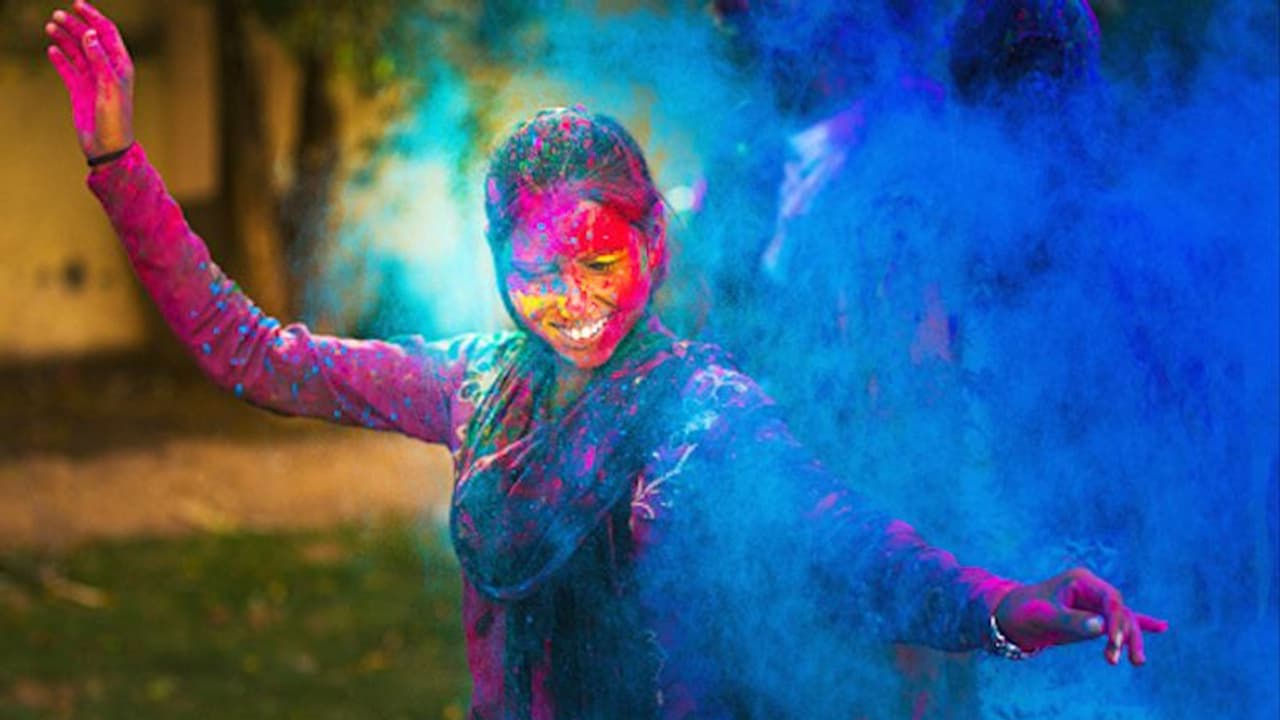“Holi” is one of India’s most popular festivals which attracts tourists from all around the world. But, do you know its role in shaping India’s global politics?
Bengaluru: Can you imagine Italy without Armani or Versace, Germany without its cars or Japan without its Ramen? That is the same with India and Holi. It is by habit that we often have a certain picture of countries in our heads. This association doesn’t need to make sense always, but it is always there! My experience away from this country taught me that whenever I would tell someone that I was from India, they would immediately ask me about the festival of colours where people smear each other with “pink” powder! Funny, but equally sweet. However, the festival of Holi serves many other important roles other than just being a sweet image for India.
In the era of globalization, countries are constantly competing for resources, investment, trade, capital, and tourism. So, countries always look at creating an emotional and cultural image that will help people answer questions such as, where should their next vacation, investment or education be? These images subconsciously define our decision-making process thus giving certain countries an edge over the others!
The perception that we create of India can become a suitable instrument for us to convey our values and culture both inside and outside India. When we create such a positive image, our country also starts being positively received and perceived by the world and helps remove all negative connotations about us from public memory. This subjective perception by the people about national, cultural and emotional identity which helps determine the influence of a country in the global sphere is called soft power.
Let us take a look at how Holi shaped India’s soft power. “Incredible India” is India’s slogan for tourism which gives it quite an edge over other Asian countries. The “Incredible India” campaign was launched in 2002 by the Vajpayee government which helped India alter its image like never before. One of the first campaigns of “Incredible India” featured Holi which immediately transformed India’s image in the world: from being a poor and dilapidated country to a mystic land full of colours. It gave India a certain kind of romanticism which it earlier lacked. It helped not just boost tourism but also created an extremely positive global image for us!
Of course, the “Incredible India” campaign has spread far and wide over many years to many countries and continents and expanded to all forms of media. It has been a multi-million-dollar star-studded campaign which fetched many a laurel for India. The Ministry of Tourism has teamed up with many popular agencies to ensure that our culture reaches every doorstep round the globe. In one such collaboration, BBC World wanted to create an integrated marketing campaign for “Incredible India”, for which they wanted to design a few advertisements. BBC did in-depth research for this and guess what they came up with? They said that people associate India with Vibrant Colours and that is what should feature in all their advertisements. Such is the power of Holi!
This “Incredible India” campaign ensured that India gave a super counter to the “Malaysia Truly Asia” campaign. This campaign promoted tourism and investment in our country by portraying our cultural vibrancy and diversity. Thus, Holi helped us create a national brand making India hard to be ignored in the international sphere. This national brand will play an important role when nations compete with each other in their fight for the same resources. Thus, before we ignore Holi as just another festival, let us not forget its immense contribution in the shaping of Brand India.
About Abhinav Khare
Abhinav Khare is the CEO of Asianet News Network and also the host of a daily show named Deep Dive with AK. He has a lifetime collection of books and gadgets and has already pinged more than hundred cities around the globe.
He is a tech entrepreneur, who is passionate about policy, technology, economy and philosophy from ancient India. He earned an MS Engineering from the ETH Zurich and an MBA Finance from the London Business School.
